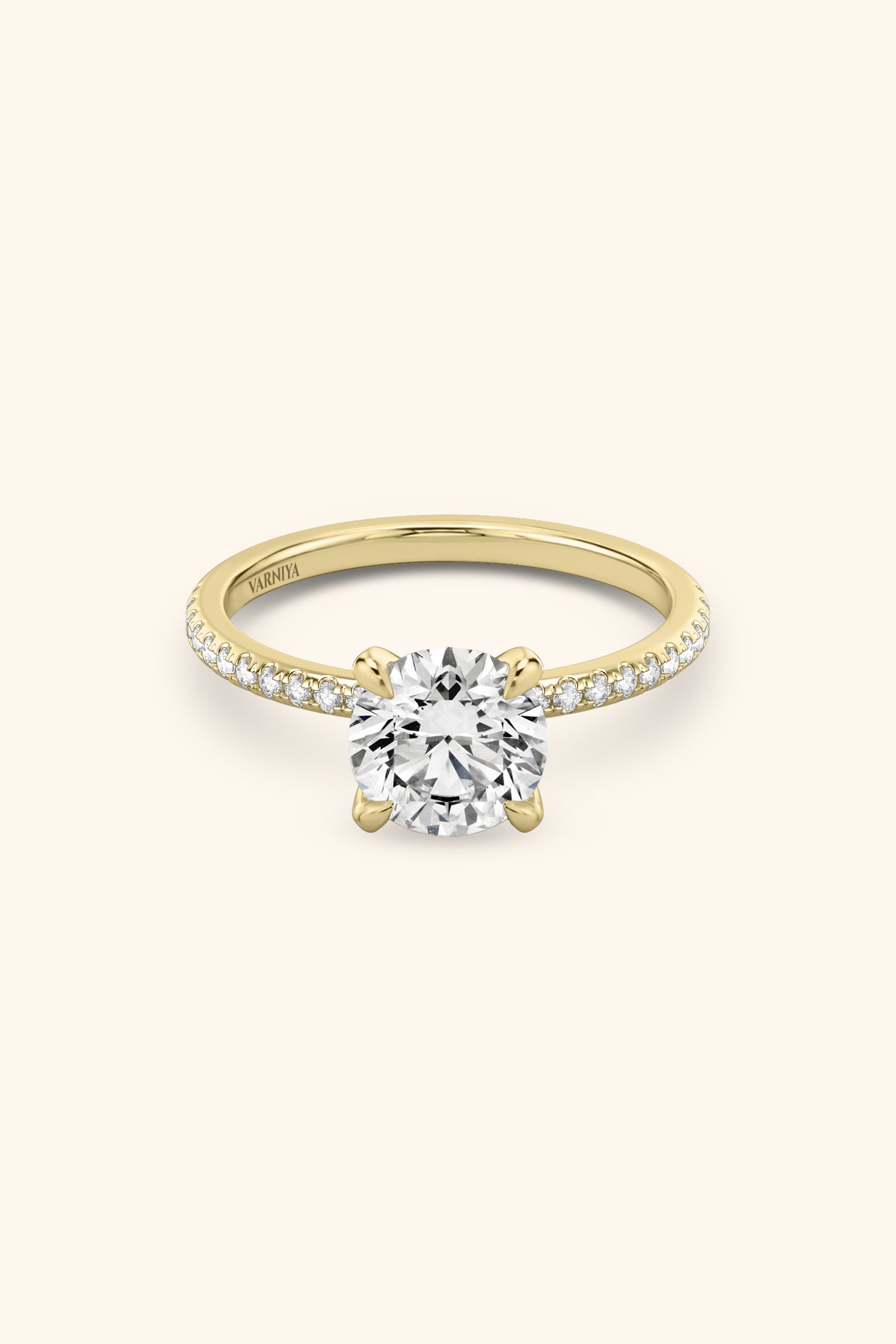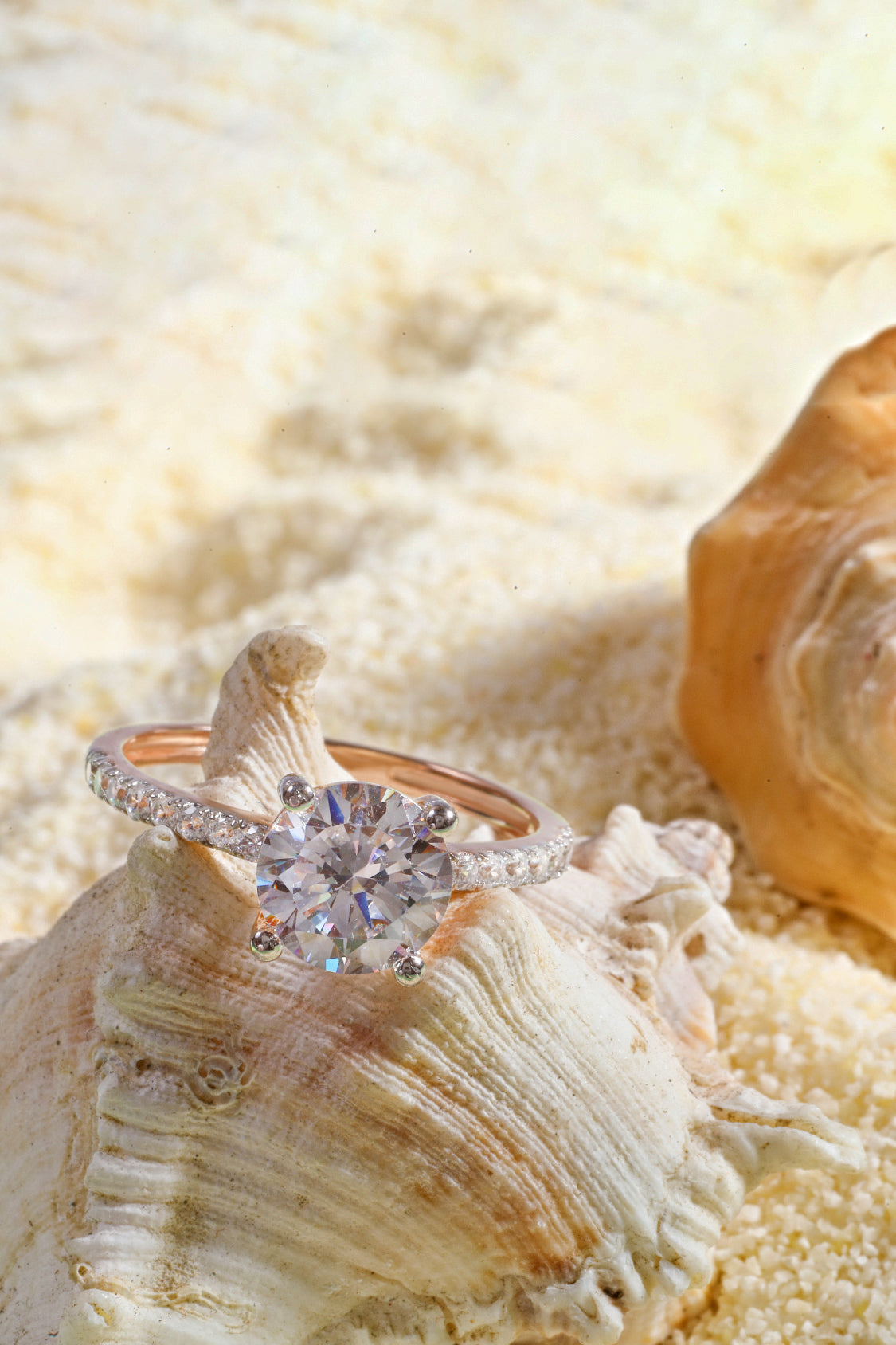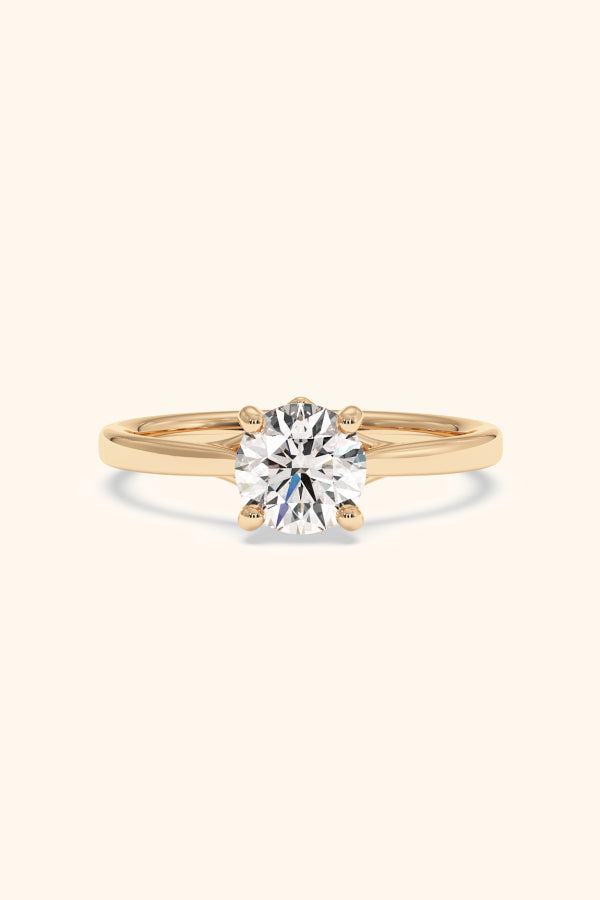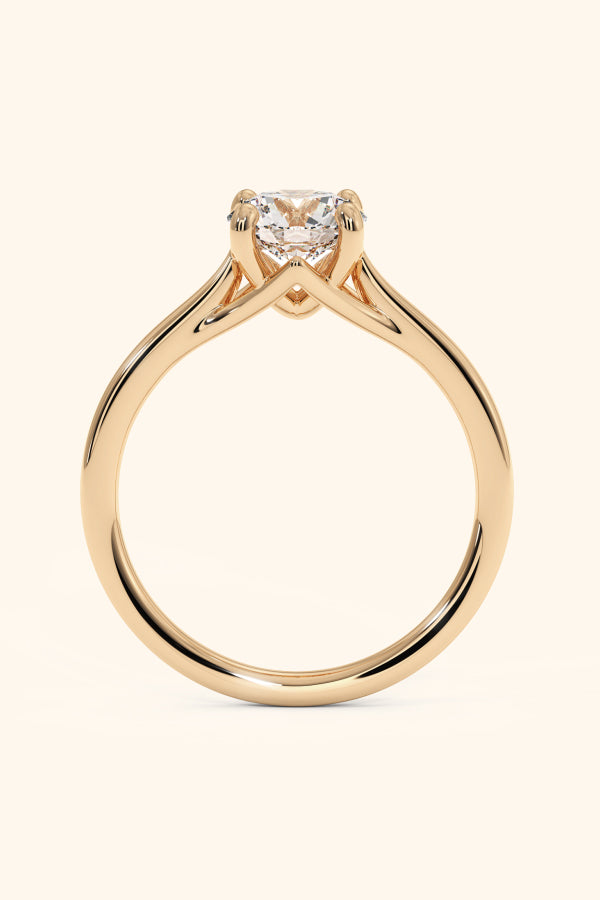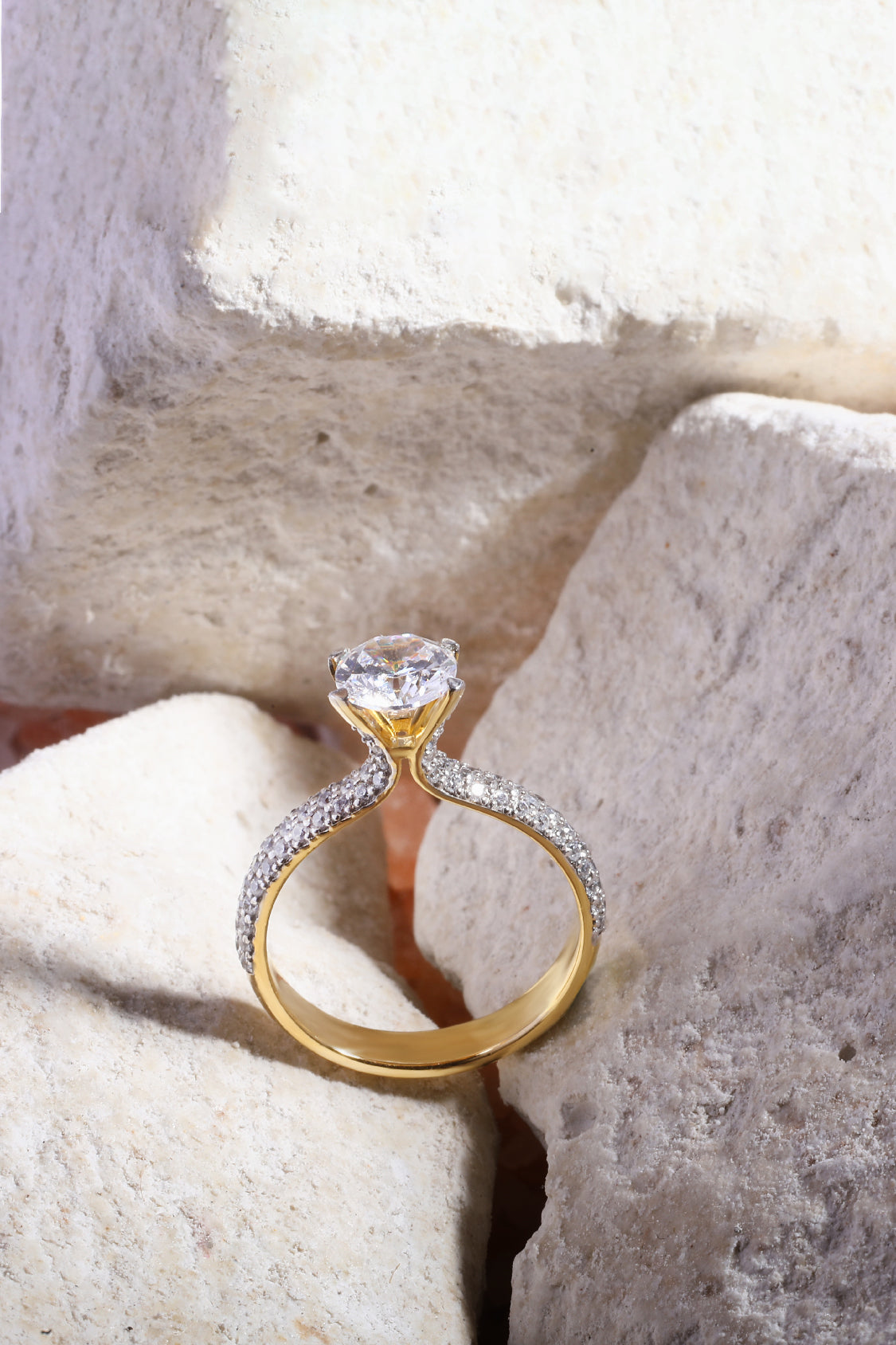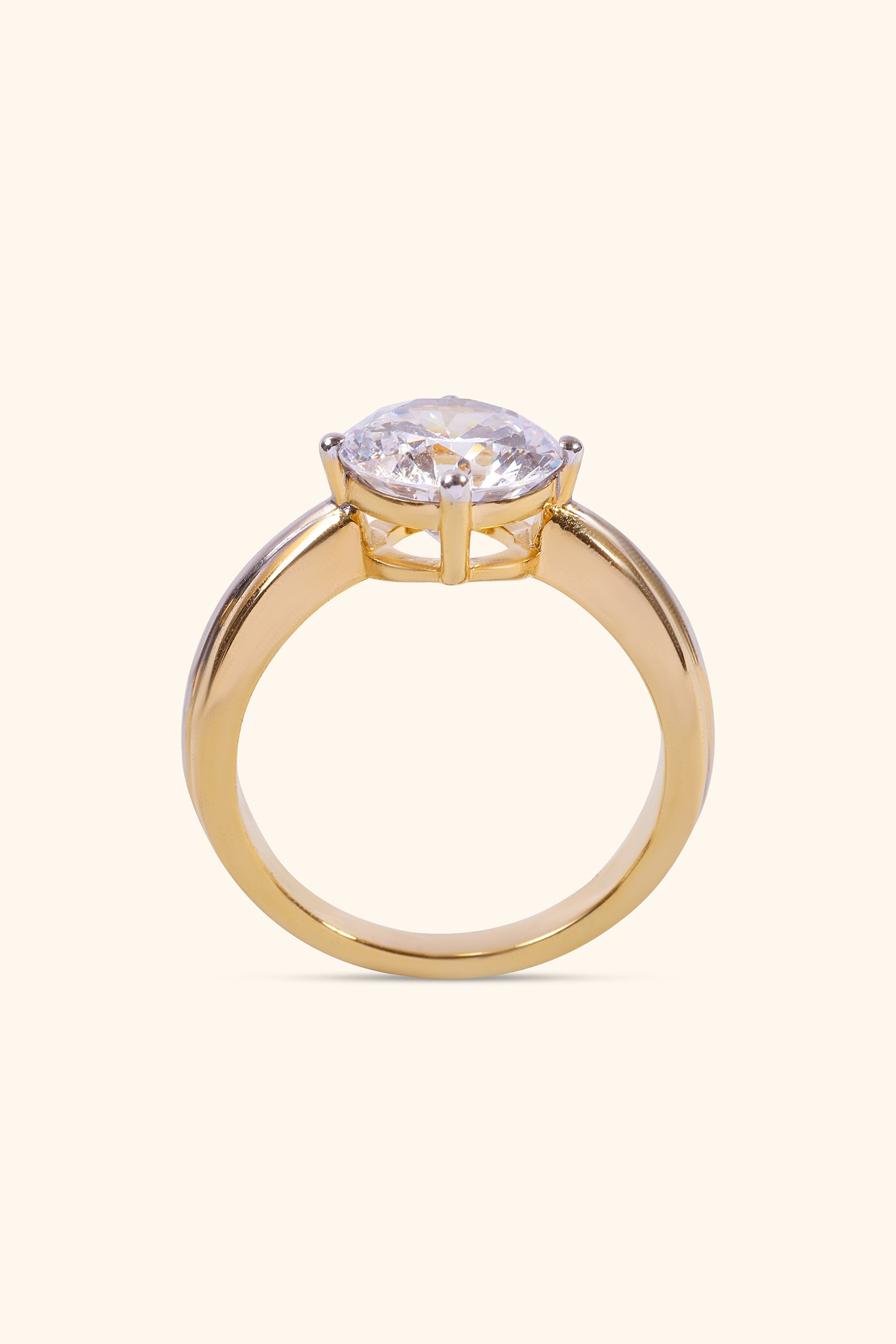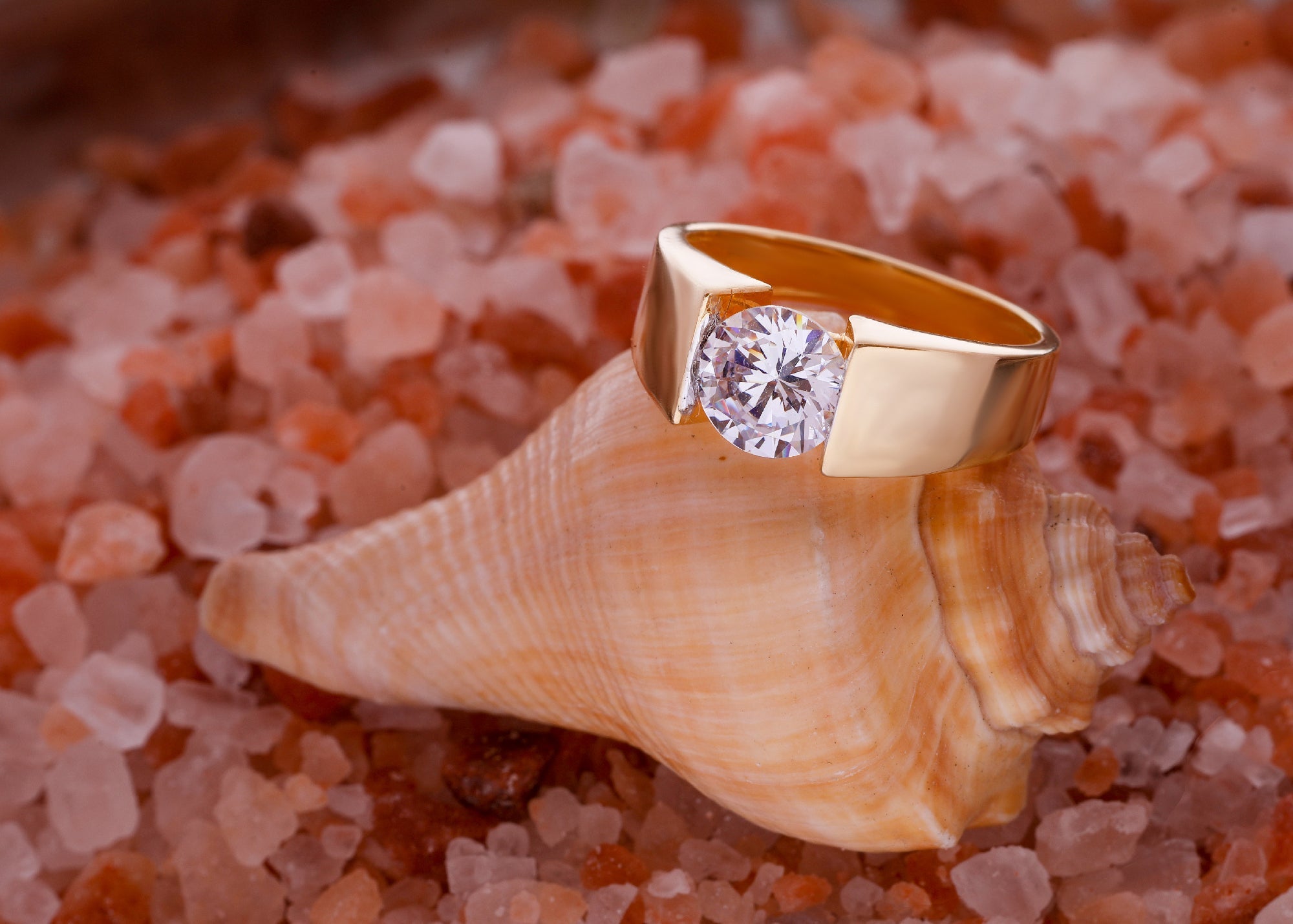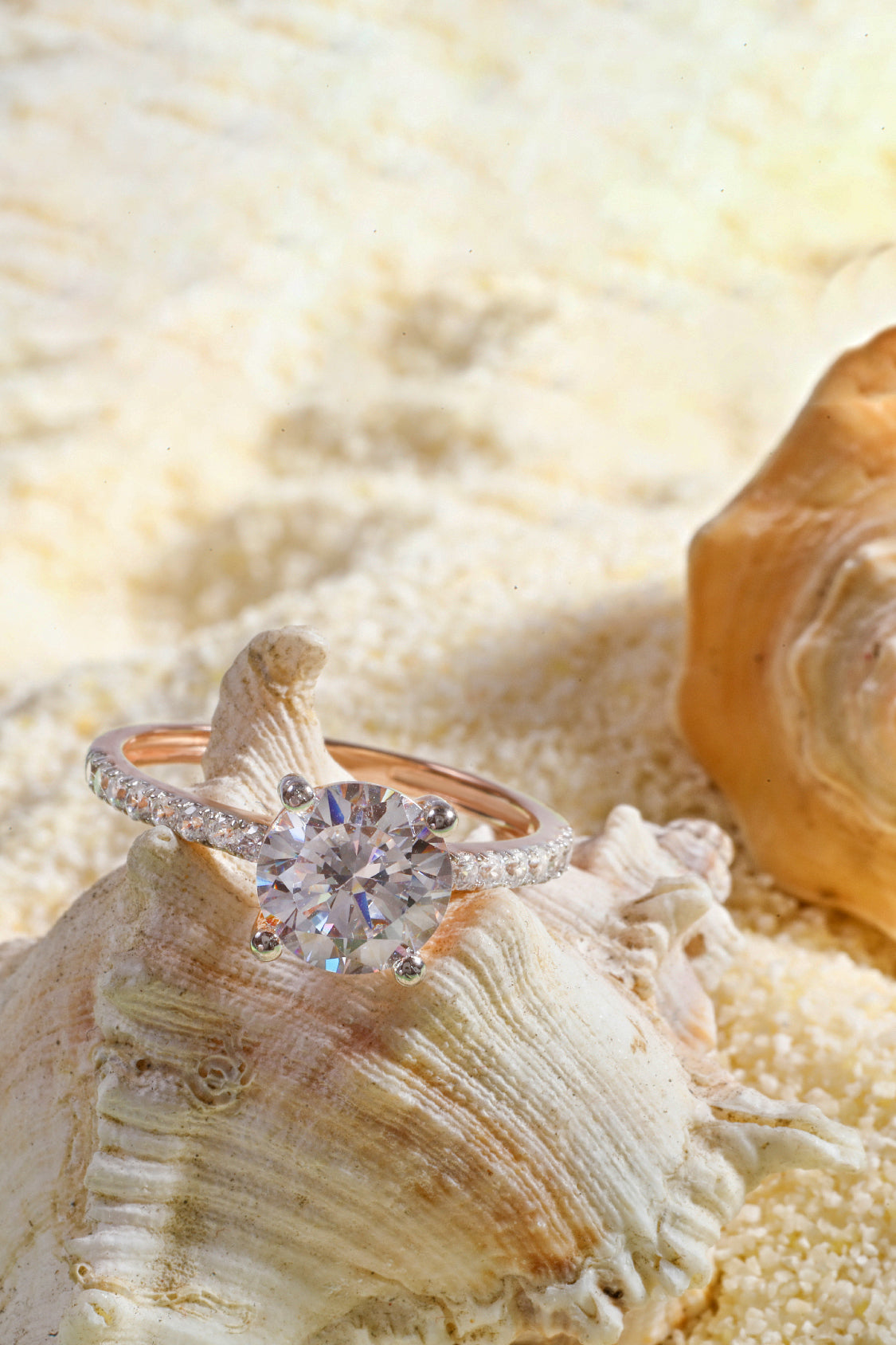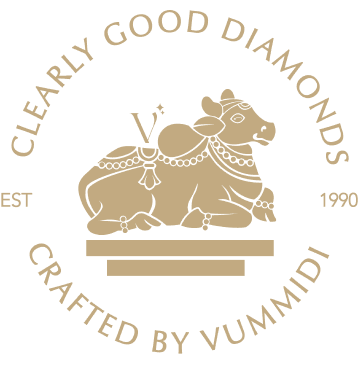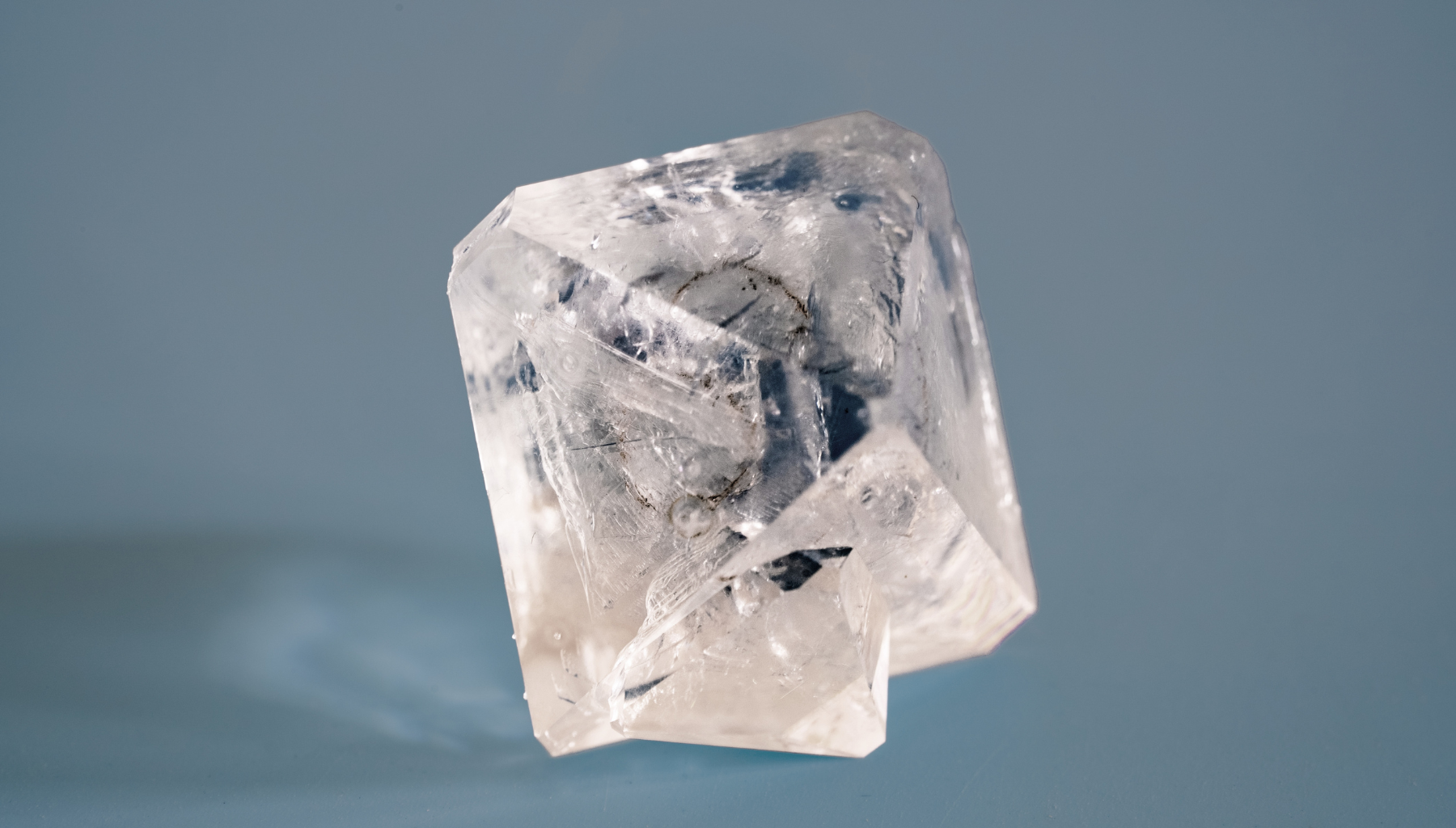
From HPHT to CVD: All Types of Lab Grown Diamonds in One Guide
Thinking about buying lab grown diamonds but not sure what the difference is between HPHT and CVD? You're not alone — many people are curious about how these types of lab grown diamonds are made and how they compare to natural diamonds.
Lab created diamonds are chemically identical to natural ones, but the way they’re formed makes a big difference. According to Bain & Company, lab grown diamonds made up 17% of the global diamond market in 2023, and that number is still growing.
In this guide, we’ll break down the types of lab grown diamonds, how they’re made, and how to choose the right one for you.
What are Lab Grown Diamonds?
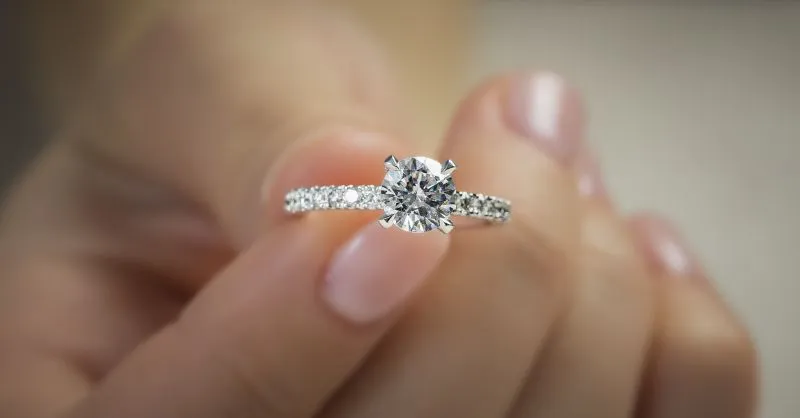
Introduction to Grown Diamonds
Not all diamonds come from deep inside the Earth anymore. Today, scientists can create diamond crystals above ground using modern technology. These are called lab produced diamonds — and yes, they’re real.
They're formed using pure carbon atoms, just like the ones in natural stones. Instead of waiting for nature to take billions of years, labs grow them in just a few weeks. That’s possible thanks to processes like high pressure high temperature and chemical vapor deposition cvd.
Let’s simplify that:
-
Lab grown diamonds (also known as):
-
Synthetic diamonds
-
Artificial diamonds
-
Laboratory grown diamonds
-
-
They begin as:
-
A diamond seed placed in a growth chamber
-
Heated or exposed to a hydrocarbon gas mixture (depending on the method)
-
Gradually built layer by layer into full gem quality diamonds
-
Understanding Cultured Diamonds
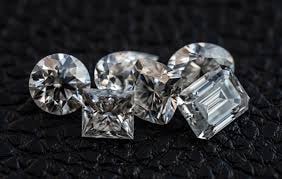
Cultured diamonds is just another name for lab made diamonds. The only difference between them and natural ones is their origin.
They have the same physical properties, including brilliance, hardness, and structure. That’s why the Gemological Institute confirms they’re “chemically and optically identical” to mined stones.
Why Lab Diamonds Are Considered Eco Friendly
You care about how your diamond was made — and that’s a good thing. Choosing a lab grown stone means less damage to the Earth and no conflict diamonds.
Here’s why they’re better for the planet:
-
No need to mine rough diamonds, which disturbs ecosystems
-
Avoids environmental costs of mass production in mining
-
Some companies use solar or wind power for lab grown stones
Did you know? A study by Trucost (S&P Global) found that lab diamonds produce up to 69% less carbon emissions than mined ones.
Also:
-
No risk of harm from laboratory research in harsh field conditions
-
Less use of water, land, and energy when done right
-
Can be certified as eco friendly when made with renewable energy
"Discover Ethical and Affordable Lab Grown Diamonds at Varniya – Start Shopping Now!"
What are the Types of Lab Grown Diamonds?
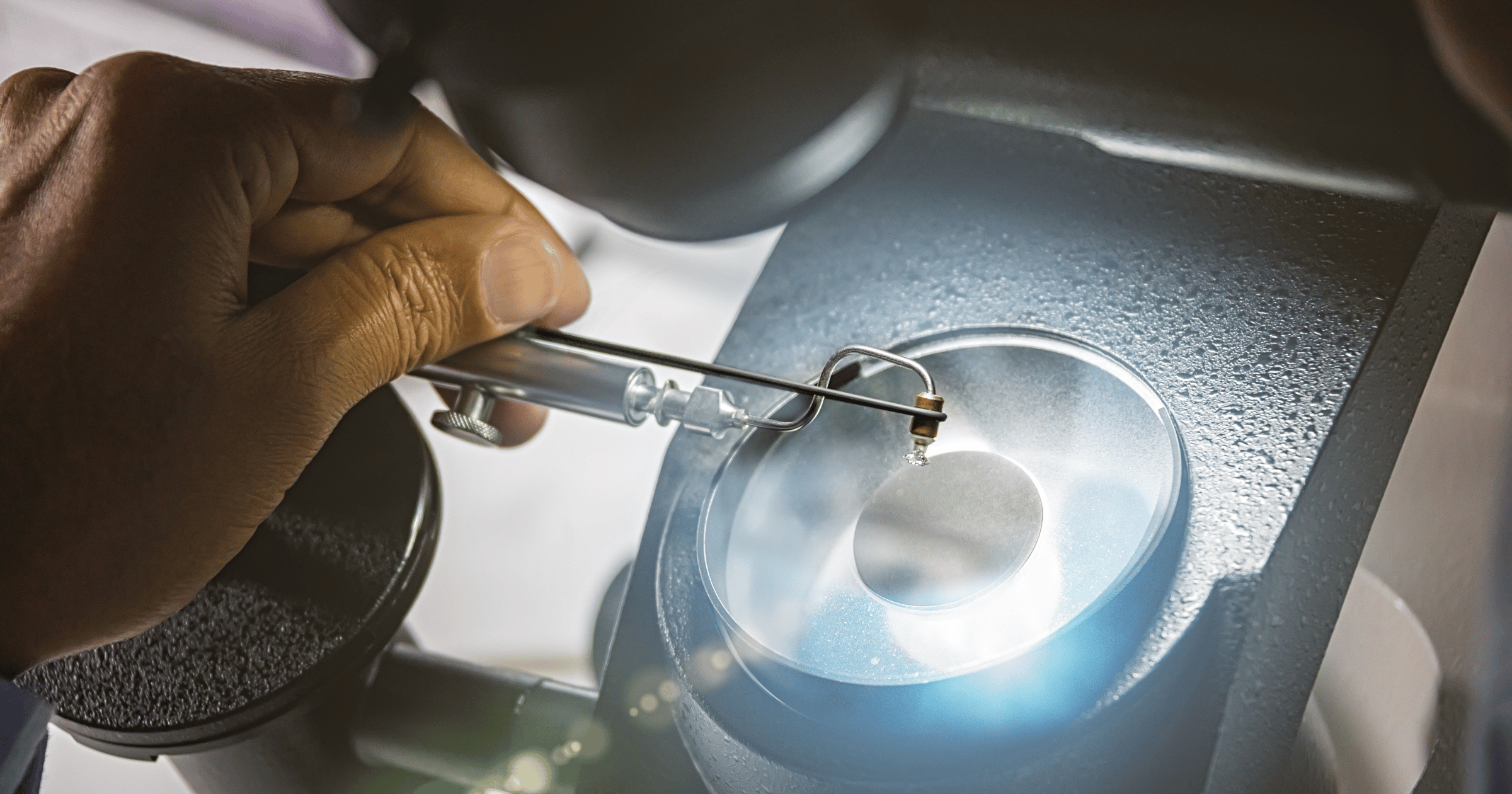
When it comes to lab grown diamonds, there are two primary methods used to create them: HPHT (High Pressure High Temperature) and CVD (Chemical Vapor Deposition). Both methods have their unique processes, but they ultimately create diamonds that are chemically identical to natural diamonds.
Let’s take a closer look at each method:
1. HPHT Diamonds
HPHT diamonds are made by recreating the high pressure and high temperature conditions found deep in the Earth’s mantle.
- Presses used: Cubic press, belt press, and split-sphere press
- Temperature range: 1300–1600°C
- Pressure range: 5–6 GPa
2. CVD Diamonds
CVD diamonds are created in a growth chamber where gases are used to form diamond crystals.
- Chemical gases: Hydrocarbon gas mixture
- Temperature range: 700–1200°C
- Pressure: Low-pressure environment to control chemical impurities
Both methods are capable of producing gem quality diamonds that can be used in engagement rings and other fine jewelry.
Fun fact: According to the Gemological Institute, both types of lab diamonds are visually identical to mined diamonds and are graded the same way — based on the 4Cs (cut, clarity, color, and carat).
How does the High Pressure High Temperature Method Create Diamonds?
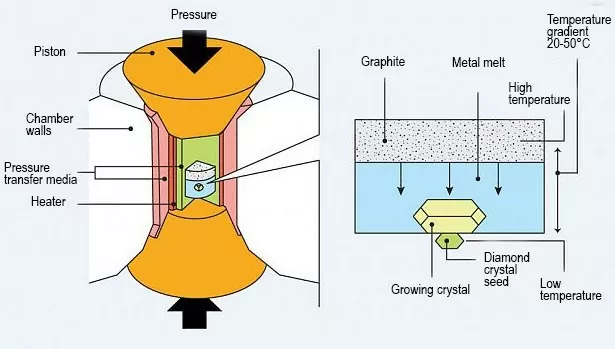
The HPHT method replicates the natural conditions under which diamonds are formed deep inside the Earth’s mantle. This process uses both high pressure and high temperature to turn carbon into diamond crystals. Essentially, it mimics nature’s extreme pressure and heat to create real diamonds in a controlled environment.
Here’s how it works:
-
The Role of High Pressure and High Temperature
HPHT diamonds are created by pressurizing carbon sources like graphite or a diamond seed in a cubic press or belt press.-
Pressure levels between 5–6 GPa (gigapascals) are required to mimic the natural conditions.
-
Temperatures reach around 1300–1600°C, which is comparable to the conditions deep inside the Earth.
-
-
Key Features of HPHT Grown Diamonds
-
Chemically identical to natural diamonds: HPHT diamonds have the same physical properties as mined diamonds.
-
Diamond seed is placed inside the press to help start the growth process, where carbon atoms begin bonding into a diamond structure.
-
Time frame: HPHT diamonds take weeks to grow, making the process slower compared to CVD but still faster than the geological process.
-
Pros and Cons of the HPHT Process
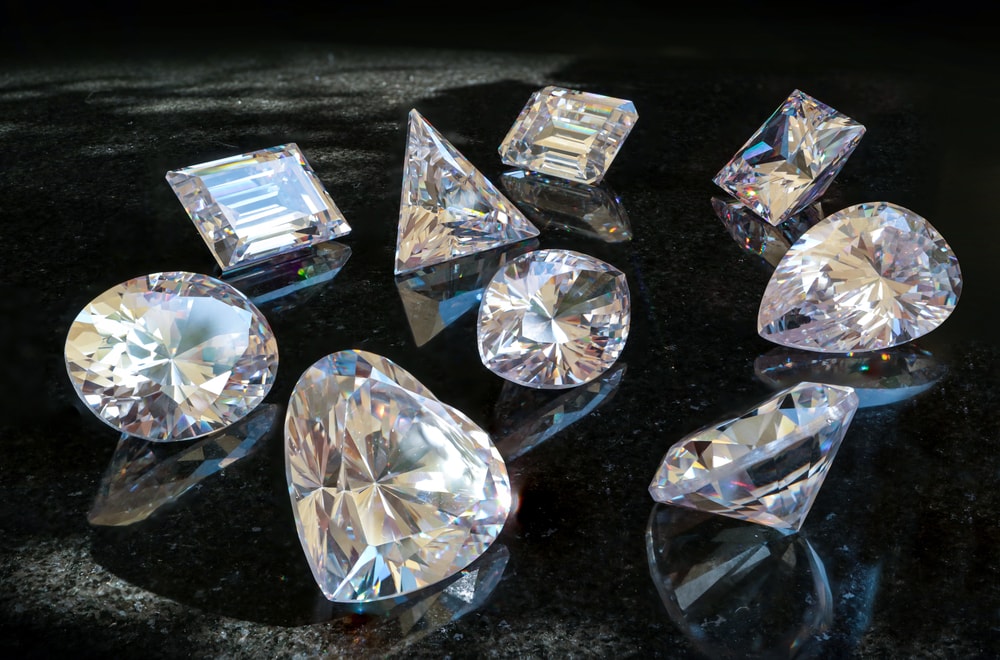
Like all methods, HPHT has its advantages and drawbacks. Let’s break them down:
Pros:
-
Cost-effective compared to traditional mining of rough diamonds. HPHT diamonds are typically cheaper than their natural counterparts.
-
Ethical production: No need for harmful mining practices, which means no environmental damage or human rights violations.
-
Real diamonds: HPHT diamonds are made from pure carbon, ensuring they are chemically identical to mined diamonds.
Cons:
-
Limited size: While HPHT can create large diamonds, the process is better suited for smaller stones.
-
Tough to detect with the naked eye: While HPHT diamonds are virtually indistinguishable from natural diamonds, they require expert grading and equipment to confirm authenticity.
HPHT diamonds have been a popular choice in industrial applications for gem quality diamonds due to their toughness and durability, making them suitable for engagement rings and other fine jewelry. According to De Beers, these diamonds have the same physical characteristics as natural ones and are often sold at a lower price point.
Now that we've broken down how HPHT diamonds are made, you'll get a better understanding of why they are a great alternative to mined diamonds. Ready to dive into the CVD method? Let’s continue!
What is Chemical Vapor Deposition (CVD) and How Does it Work?
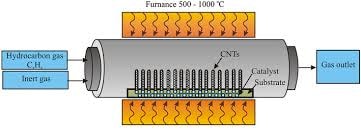
Chemical Vapor Deposition (CVD) is one of the methods used to create lab grown diamonds. It involves using a hydrocarbon gas mixture that’s broken down in a growth chamber under low pressure. The gases are ionized into chemically active radicals, which then deposit carbon atoms onto a diamond seed, forming diamond crystals layer by layer.
So, how does it all come together? Let’s break it down:
-
Basics of Chemical Vapor Deposition
CVD uses a mix of hydrocarbon gases like methane and hydrogen. When heated, the gases react and form carbon atoms, which bond together to create diamonds.-
CVD operates in a low-pressure environment (about 27 kPa), which allows for controlled growth of diamonds.
-
It’s a highly precise process, giving scientists control over impurities, which helps create gem quality diamonds.
-
-
How CVD Diamonds Are Formed
-
Diamond Seed: The process starts with a tiny diamond seed, which acts as the foundation for the diamond to grow.
-
CVD Growth: The hydrocarbon gas mixture is ionized, and carbon atoms attach to the seed, gradually building a diamond structure.
-
Process Duration: CVD diamonds can take weeks to form, but the process is faster than natural diamond formation (which takes billions of years).
-
Benefits and Drawbacks of CVD Diamonds
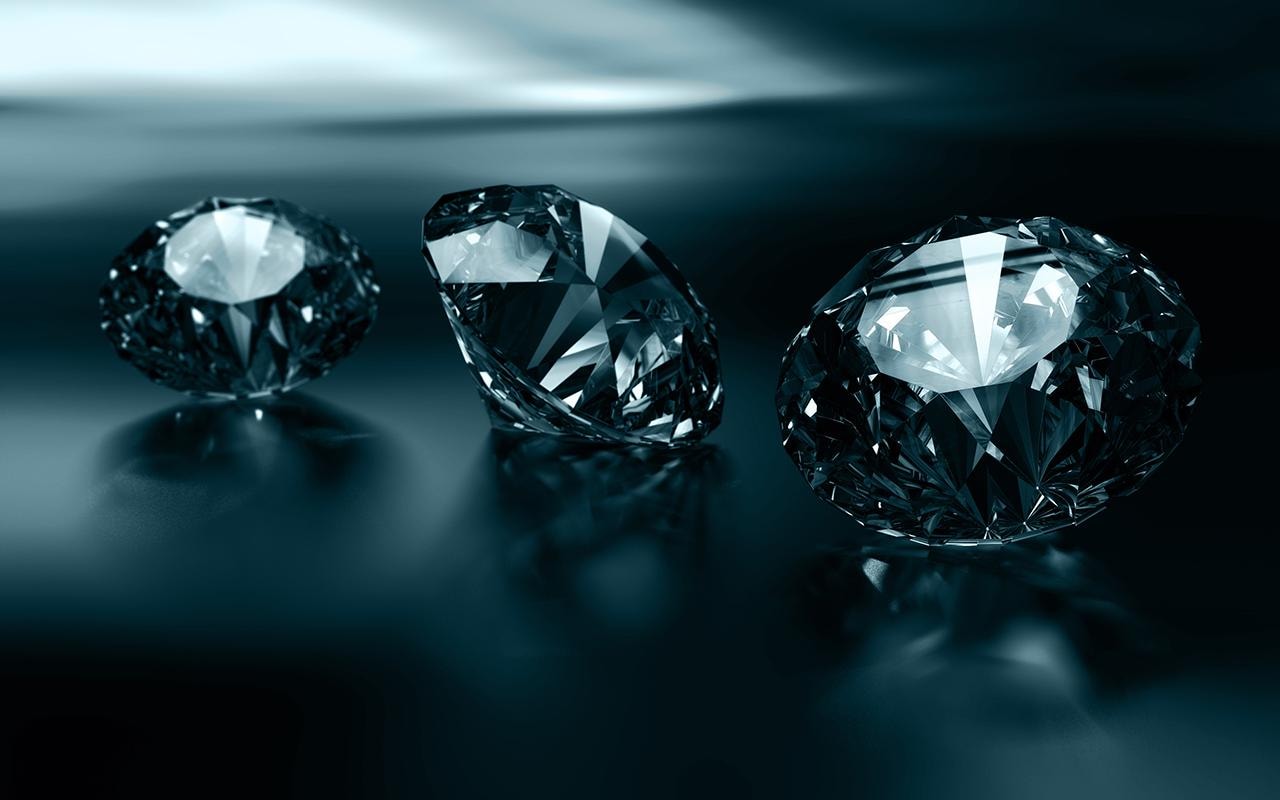
Now that you know how CVD diamonds are made, let’s look at their pros and cons:
Benefits of CVD Diamonds:
-
Eco friendly: CVD diamonds are created in a controlled environment, so there’s no mining involved, reducing the environmental footprint.
-
Customization: The chemical vapor deposition process allows for better control of the diamond color and clarity.
-
Affordable: Compared to mined diamonds, CVD diamonds are typically less expensive, even though they are still real diamonds.
Drawbacks of CVD Diamonds:
-
Slower Production: Unlike HPHT diamonds, CVD growth takes time and can sometimes take weeks to complete.
-
Imperfections: While CVD diamonds are high quality, they can have chemical impurities or slight physical characteristics that can be detected by experts.
-
Limited Sizes: Producing larger lab grown diamonds through CVD can be more challenging than other methods like HPHT.
Did you know? According to the Gemological Institute of America (GIA), CVD diamonds are graded just like natural diamonds, with the same 4Cs (cut, color, clarity, carat), making them a great alternative to mined diamonds.
Now that you have a better understanding of CVD diamonds, you can see why they’re becoming more popular, especially in the world of engagement rings.
Are there Other Types of Lab Grown Diamonds Besides HPHT and CVD?
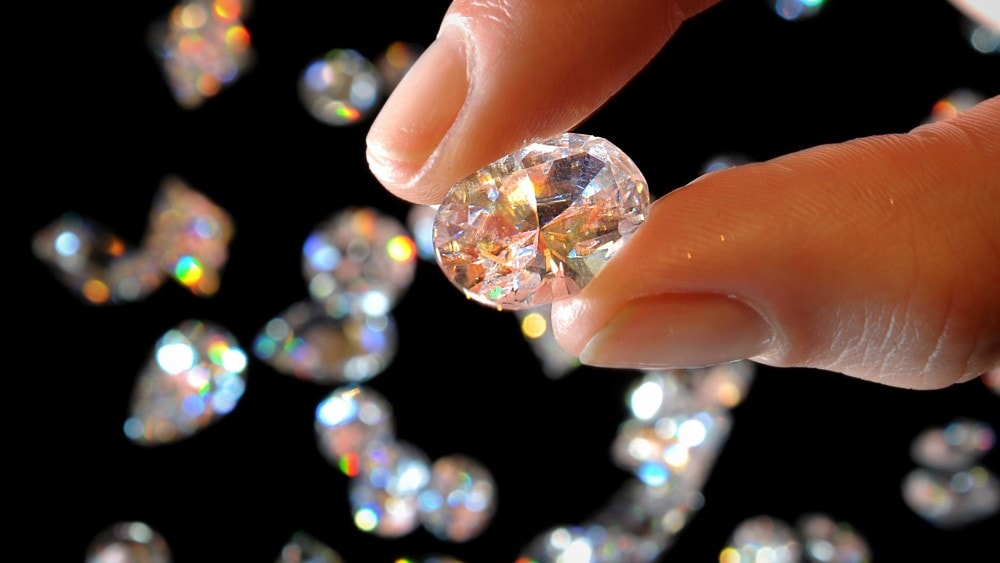
When it comes to lab grown diamonds, the two main methods—HPHT and CVD—are the most well-known. But are there other types? Well, yes, there are enhanced or hybrid diamonds that are often discussed, though they aren't quite as common.
Let’s dive into the other options and misunderstandings in the market:
-
What About Enhanced or Hybrid Diamonds?
Enhanced diamonds are typically created using HPHT or CVD methods but undergo additional treatments to improve their appearance.-
Treatments: The process may involve adjusting the diamond color to improve clarity or enhance sparkle.
-
These diamonds are still real diamonds, but they’ve been altered in some way to meet specific buyer preferences.
-
Hybrid diamonds refer to a mix of lab grown and treated natural diamonds, but this term can sometimes cause confusion in the market. They are not entirely lab grown and should not be mistaken for completely synthetic stones.
-
-
Why Cubic Zirconia is Not a Real Lab Grown Diamond
Cubic zirconia (CZ) is often marketed as a diamond alternative, but it is not a lab grown diamond.-
Made from zirconium dioxide, cubic zirconia is a simulant diamond — meaning it looks like a diamond, but it’s chemically and physically different.
-
Unlike lab grown diamonds, CZ doesn’t share the same diamond crystals or physical characteristics, such as the same level of hardness. CZ scores a 8–8.5 on the Mohs hardness scale, while a real diamond, whether natural or lab grown, scores a perfect 10.
-
The Gemological Institute of America (GIA) notes that while cubic zirconia may have the same sparkle, it lacks the toughness and durability of a true diamond.
To sum up:
-
Enhanced diamonds are lab grown diamonds treated for better quality.
-
Hybrid diamonds are a blend of natural and synthetic, but they are not entirely lab grown.
-
Cubic zirconia isn’t a lab grown diamond but a simulant with different properties.
So, while there are other terms floating around, when it comes to real lab grown diamonds, HPHT and CVD still take the lead. Lab grown stones remain the most trusted and reliable option.
What do Gemological Institutes say About Lab Grown Diamonds?
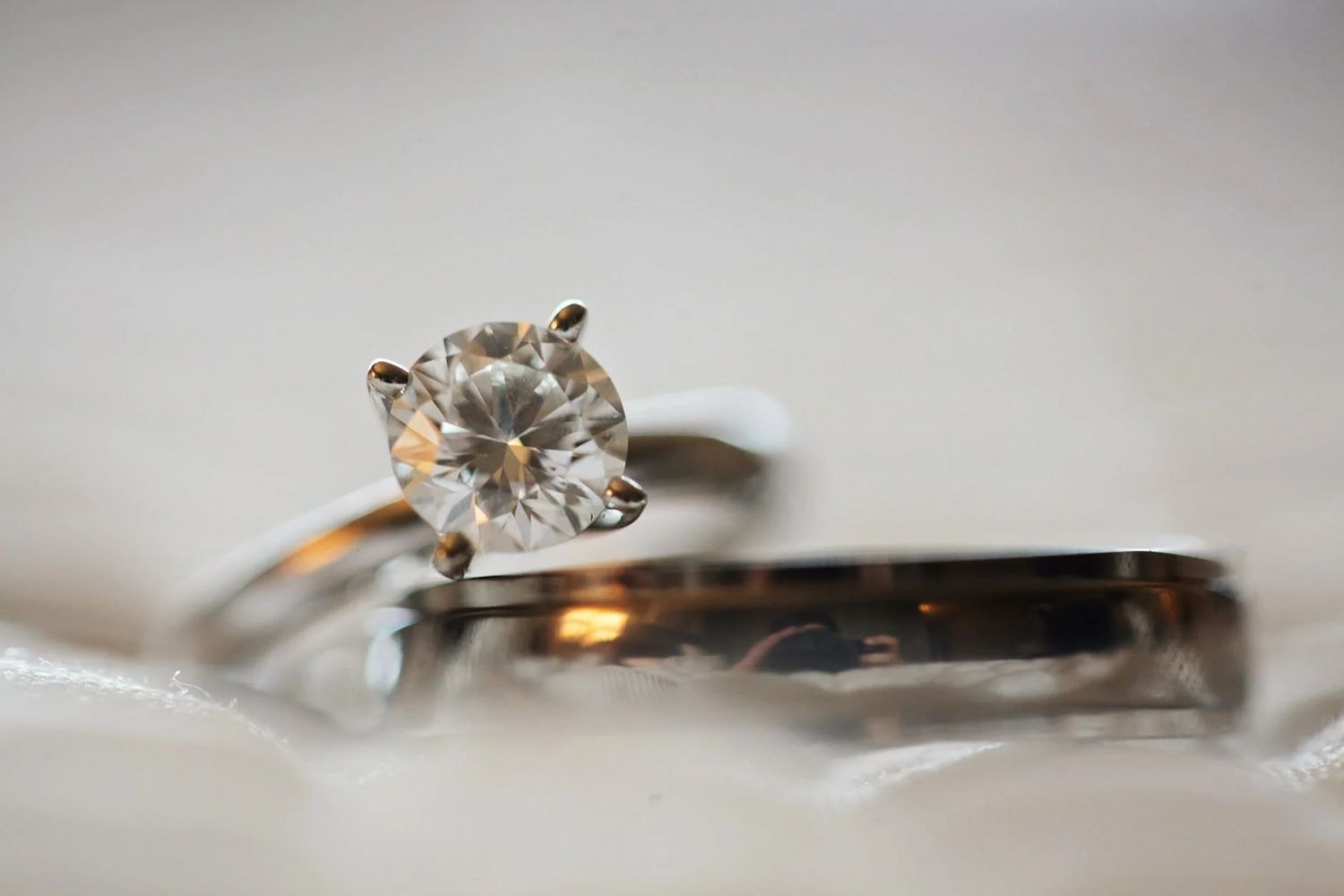
When you’re buying a lab grown diamond, it’s important to know what professionals in the field, like gemological institutes, say about these stones.
Leading institutes, such as the Gemological Institute of America (GIA), play a major role in certifying and grading lab grown diamonds. Their evaluation helps buyers understand the quality, characteristics, and authenticity of the diamonds they’re purchasing.
Certifications from the Gemological Institute
The Gemological Institute of America (GIA) and other trusted organizations provide certifications for lab grown diamonds. This certification ensures that the diamonds meet the 4Cs (cut, clarity, color, carat), just like natural diamonds.
It’s important to ask for a certificate that clearly states whether the diamond is lab created or mined, as this makes a significant difference in pricing and value.
-
Lab Grown Diamond Certifications Include:
-
Diamond color, clarity, cut, and carat grading
-
Clear identification if it is synthetic or natural
-
Origin of the diamond (HPHT or CVD)
-
-
Other Institutes:
-
IGI (International Gemological Institute) also offers certifications for lab created diamonds, including CVD diamonds and HPHT diamonds.
-
How Labs Classify CVD and HPHT Diamonds
Gemological labs follow a strict classification system to distinguish CVD diamonds from HPHT diamonds, even though both types are chemically identical to mined diamonds. These differences are mainly related to the growth process.
-
HPHT Diamonds:
-
Created under high pressure and high temperature conditions, mimicking the natural diamond formation process.
-
Typically show distinct crystal shapes, which can be identified under magnification.
-
-
CVD Diamonds:
-
Formed in a low-pressure growth chamber, where carbon is deposited layer by layer onto a diamond seed.
-
CVD diamonds tend to have different inclusions that may be visible under microscope examination.
-
What Buyers Should Look For -
When purchasing a lab created diamond, it’s important to pay attention to a few key aspects to ensure you’re getting a high-quality stone. Here’s what buyers should keep in mind:
-
Certification: Always ask for a GIA certificate or a certificate from another trusted gemological institute. This ensures that the diamond is genuine and accurately graded.
-
Diamond Type: Understand whether you’re buying an HPHT or CVD diamond, as each method has its own characteristics and appeal.
-
Inclusions and Clarity: Lab diamonds can have chemical impurities or unique inclusions. While this is normal, you should know what to expect.
-
Cost vs. Natural Diamonds: Remember, lab grown diamonds are typically priced lower than mined diamonds, but make sure you're getting a good deal for the quality.
According to the GIA, “Lab grown diamonds are chemically identical to natural diamonds and are graded using the same criteria, providing consumers with a great option for ethical and affordable diamond choices.”
Which Type of Lab Grown Diamond is Best for Fine Jewelry?

When it comes to choosing the best lab grown diamond for fine jewelry, the decision often boils down to personal preference and the type of jewelry you want to create. Both HPHT diamonds and CVD diamonds offer unique qualities that may appeal to different tastes. While both types are real diamonds and chemically identical to natural diamonds, each has its own characteristics that may make one more suited for your specific needs.
Choosing Between HPHT and CVD for Engagement Rings
If you’re looking for a lab grown diamond for an engagement ring, here’s what you should consider:
-
HPHT Diamonds
HPHT diamonds are created under intense high pressure and high temperature, which can sometimes lead to unique diamond color variations.-
Best For: Those looking for larger diamonds with a slightly more traditional or natural appearance.
-
Pros:
-
Often slightly cheaper than CVD diamonds of the same size.
-
Great for creating gem quality diamonds with a natural look.
-
-
-
CVD Diamonds
CVD diamonds are created in a more controlled environment, where carbon atoms are deposited onto a diamond seed. This results in diamonds that are typically clearer with fewer imperfections.-
Best For: Those who prefer a diamond with a flawless appearance and a more modern, consistent look.
-
Pros:
-
More customizable in terms of color and clarity.
-
Often considered more eco-friendly, as they’re made in labs with better energy efficiency.
-
-
What to Look for in Your Diamond
Both types of diamonds will look stunning in engagement rings, but here’s what you might want to consider when choosing:
-
Diamond Color: HPHT diamonds may have a slightly different color range, which could appeal to those looking for a more natural look.
-
Clarity: CVD diamonds are often cleaner, with fewer inclusions, making them perfect if you're aiming for a near-perfect stone.
-
Price: HPHT diamonds can sometimes be more affordable, while CVD diamonds offer more customization options.
"Ready for a Custom Lab Grown Diamond Ring? Design Yours with Varniya Today!"
According to the Gemological Institute of America (GIA), “Both HPHT and CVD diamonds are chemically identical to natural diamonds and are graded the same way, giving you an affordable and ethical option without sacrificing quality.”
Why More Shoppers are Choosing Varniya for Certified Lab Grown Diamonds?
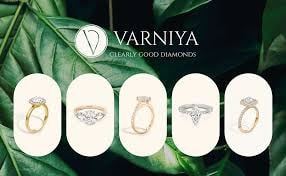
Varniya, a brand under the esteemed Vummidi Jewellers lineage dating back to 1900, has become a preferred choice for shoppers seeking certified lab-grown diamonds. Here's why:
-
Certified Quality: Varniya offers IGI-certified lab-grown diamonds, ensuring authenticity and trustworthiness.
-
Ethical Sourcing: Their diamonds are grown in labs, providing an ethical alternative to mined diamonds.
-
Variety of Designs: From classic solitaires to intricate pavé settings, Varniya caters to diverse tastes.
-
Heritage and Trust: Backed by over a century of jewelry craftsmanship, Varniya combines tradition with modernity.
-
Customer Satisfaction: Positive reviews highlight their commitment to quality and service.
Choosing Varniya means embracing ethical luxury without compromising on quality or design.
"Explore Varniya’s Certified Lab Grown Diamonds and Find Your Perfect Jewelry Today!"
FAQs About Types of Lab Grown Diamonds -
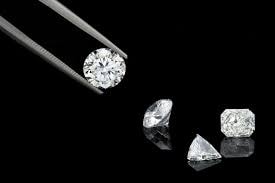
1. How many types of lab grown diamonds are there?
There are two primary types of lab grown diamonds: CVD diamonds (Chemical Vapor Deposition) and HPHT diamonds (High Pressure High Temperature). While both methods create synthetic diamonds that are chemically the same as natural diamonds, they use different techniques to create them.
2. Which type of lab-grown diamond is best?
It depends on what you’re looking for! CVD diamonds tend to have fewer inclusions and offer more color options. On the other hand, HPHT diamonds are known for their traditional, natural appearance. Both are great options, so the best choice depends on your personal preference and what fits your style and budget.
3. Which is better: CVD or HPHT?
Both methods produce high-quality diamonds, but HPHT diamonds tend to be slightly more affordable, while CVD diamonds allow for better control over color and clarity. It’s a matter of what’s more important to you—cost or precision in color and clarity.
4. Can you tell the difference between CVD and HPHT diamonds?
To the naked eye, there is no difference between CVD and HPHT diamonds. Only advanced equipment or an expert’s eye can identify which method was used. They are both chemically identical to mined diamonds.
5. Are lab grown diamonds as durable as natural diamonds?
Yes! Lab grown diamonds, whether CVD or HPHT, are just as durable as natural diamonds. Both have the same hardness, ranking a perfect 10 on the Mohs scale.
6. Do lab grown diamonds come with certification?
Absolutely! Lab grown diamonds typically come with a certificate from trusted gemological institutes, like the GIA or IGI, verifying their authenticity, quality, and lab-grown origin.
Conclusion
In this guide, we’ve explored the various types of lab grown diamonds, from HPHT to CVD, and how they’re created. Whether you're choosing a diamond for an engagement ring or another piece of fine jewelry, understanding these methods can help you make a more informed decision.
Lab grown diamonds are a fantastic option, offering eco-friendly, affordable, and ethically sourced alternatives to natural diamonds. By choosing a certified lab created diamond, you’re not just getting a beautiful stone, you’re also making a smart and conscious choice for your jewelry collection.


